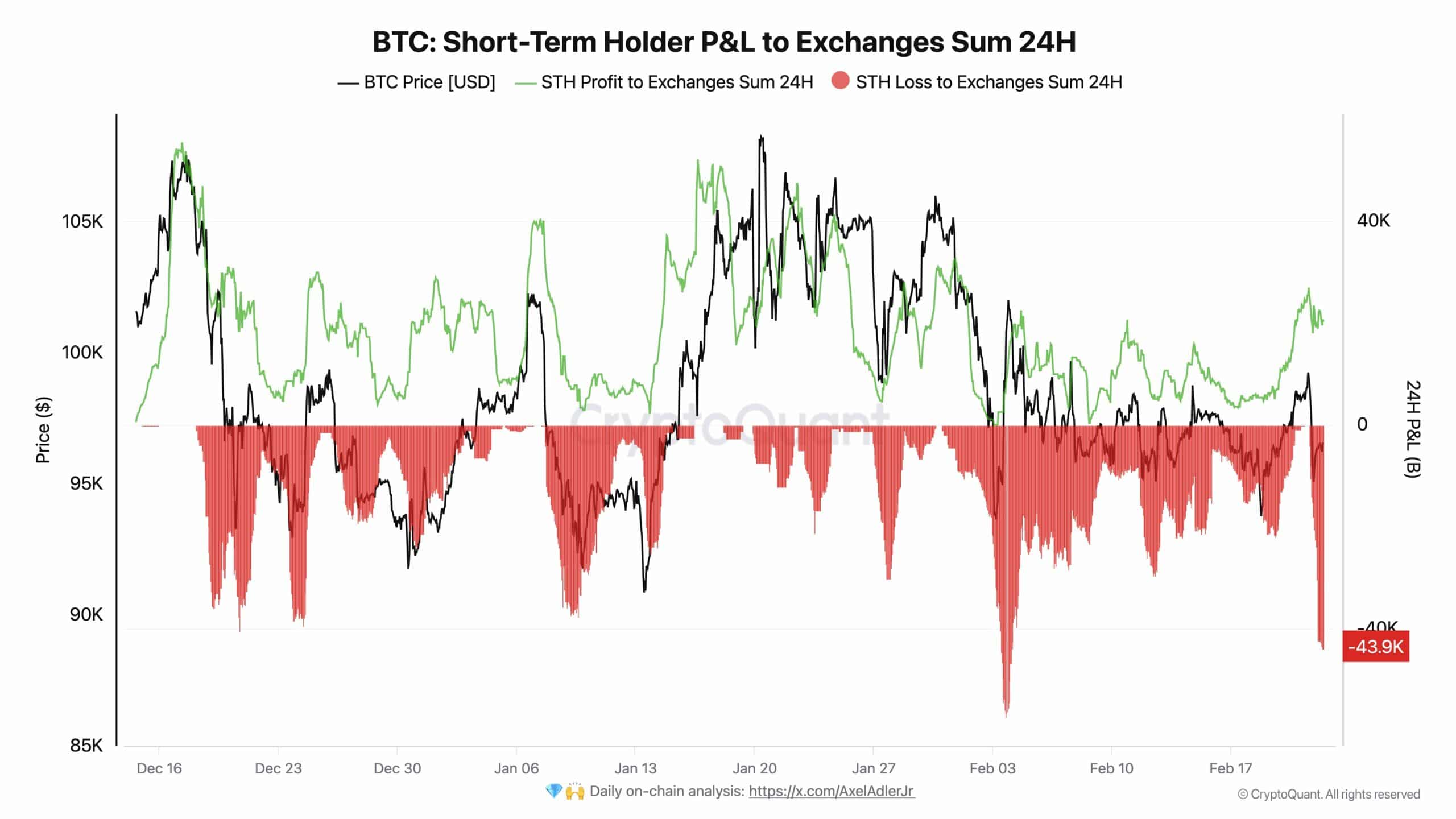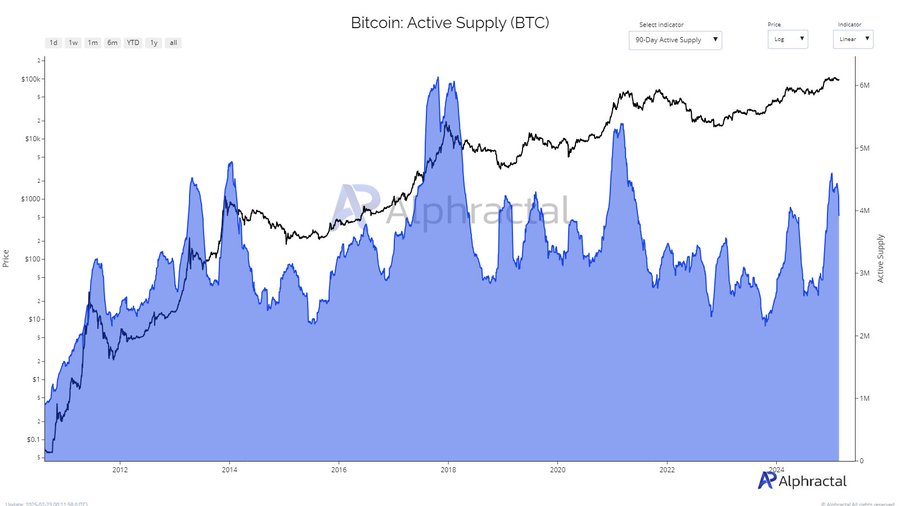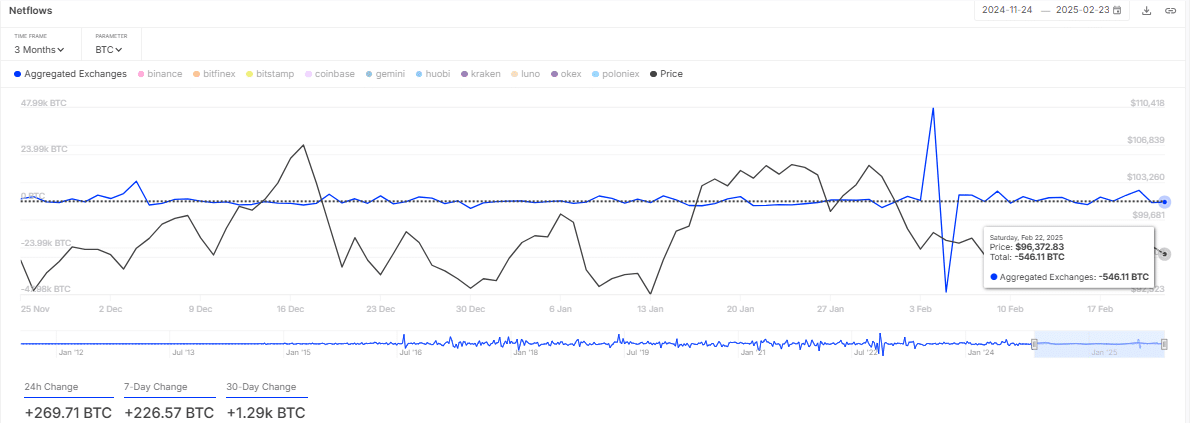-
Bitcoin’s volatile response to the recent Bybit hack highlights the fragility of market confidence among short-term holders.
-
Recent data reveal that short-term holders have actively capitulated, reinforcing concerns about market stability.
-
According to COINOTAG, “Capitulation often marks a critical juncture, yet it can lead to a significant rebound in market sentiment.”
This article examines Bitcoin’s recent price volatility and short-term holder reactions following the Bybit hack, highlighting market dynamics and potential recovery signs.
Panic selling peaks: What is the turning point?
In the wake of the Bybit hack incident, Short-Term Holder (STH) Profit & Loss analysis over the last 24 hours has shown alarming trends. The dominance of red bars in the Profit & Loss chart reflects a staggering -43.9K BTC, indicating significant losses as panic-selling ensued amid fears of escalating security issues.

Such stark losses are reminiscent of previous bear market dynamics, which often precede a recovery phase. Historical data supports the hypothesis that substantial capitulation can signal an opportunity for seasoned traders to enter the market at a more favorable price.
BTC’s liquidity shift
The investigation into the 90-Day Active Supply of Bitcoin reveals a consistent downward trajectory in active supply, aligning with recent market conditions. From its peak of 6M BTC in late 2024, active supply has dwindled to around 4M BTC in early 2025, suggesting reduced market activity and heightening concerns about liquidity.

This trend notably follows historical patterns where similarly declining active supply foreshadowed stabilization in market prices. As short-term holders withdraw from the market, long-term holders may gain confidence, indicating a possible end to downtrends.
A sign of strength or further decline?
Recent metrics indicate a consequential shift in BTC netflow across exchanges, revealing a significant net outflow of -546.11 BTC over the last 24 hours. This movement correlates with traders withdrawing funds to secure against market volatility, which historically is a positive sign preceding upward price adjustments.

With a shift from net inflows to significant outflows, indicators suggest a transitioning sentiment among BTC holders, potentially recuperating from recent fears, while also hinting at current purchasing interest within the market.
Conclusion
In summary, the combination of substantial STH loss capitulation and declining liquidity levels has historically predicted upcoming price rebounds. As selling pressure continues to decrease, there are signs that indicators may be aligning to suggest a potential recovery period for Bitcoin. Traders and investors should remain vigilant, keeping markets closely monitored for shifts in sentiment, as past patterns often offer valuable insights into future price movements.
